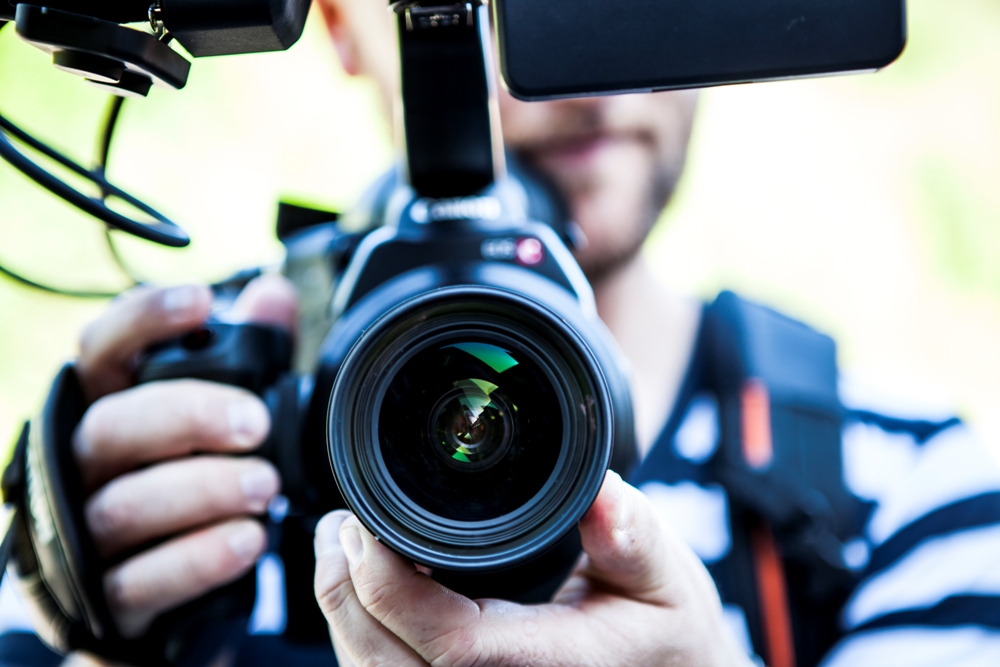
We have often seen images of caveman reacting to everything that moved because it either represented a danger or could become dinner. And despite the fact that hundreds and thousands of years have passed since then, we still notice moving objects at the level of the reflex. Now, moving objects are effectively used on advertising banners, flickering store signs, business presentations, and websites. Animation simply attracts attention, hence the crazy popularity of such videos on social networks. Another reason why it is popular is that animation lets you tell a story, and this is another trend in marketing and social media. Today, making animation is much easier than it sounds especially when you have some cool tips. Learn how to make an animated video and get the attention of your audience.
Information
It is important to understand to whom you are selling your product and why, what its main advantages are, how it differs from competitors, and of what the unique selling proposition consists. It is also necessary to determine criteria. You'll want to consider the length of the video, the voice acting whetherfemale or male, the language which sets a tone for the video depending on the orientation of your business, and the style of presentation as being business, humorous, funny, etc.
Script
Every animated video requires a script. This is like a foundation that is of great importance. If the foundation cracks, the effectiveness of the entire project may be compromised. Describe everything in as detailed a way as possible, but then select only the most important things and add them to the video. Be sure to include your offer, product information, and benefits in the video. You can also include a small case on the example of a movie hero, or make a call to action. We recommend using a lead magnet which is a valuable and free offer for a potential client. The better you come up with the script, the more likely the video will bring you benefits.
Storyboard
The storyboard helps finalize story development in the video and is an integral part of the animation process. A storyboard is made from hand-drawn pictures in the form of a comic strip which allows you to visualize the animation. It describes the scenes in detail using notes both above the pictures and below them to describe the action, for example, or the movement of the camera.
Modeling
When the preparatory work is completed, it becomes time to move on to modeling, placing objects in the frame, applying textures, lighting, and the animation itself. At the modeling stage, create organic objects (e.g. characters, trees, or animals) and the background (such as architecture, cars, or various equipment). Crafts made of paper, natural materials, or miniature dolls can also be used as heroes.
Frame-by-Frame Animation
Now you need to shoot a series of photos where the characters will change position in accordance with the plot. It's best to shoot with a tripod; but if you don't have one, you can simply install the camera so that the shooting angle doesn't change. For each simple movement of the characters, you need to make at least 2-3 frames.
Video Editing
For editing the animated video, either a computer or a laptop is likely suitable. Download a video editor, and run the installation file by following the instructions on your computer screen. Select pictures for the video, and add the sound. After completion of the editing, you can watch the video.
MORE ON THE FLASH LIST
































